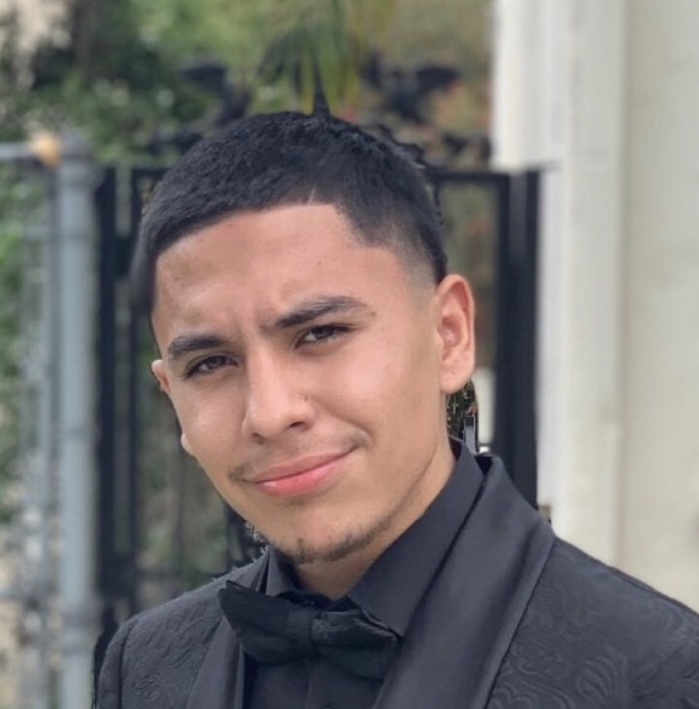
Policing and institutions such as Child Protective Services (CPS) have historically impacted children and families of color the most. Police are responsible for producing about 20 percent of reports of child abuse and neglect. However, policing is not represented equally across all populations and affects Black and brown families the most. About half of Black children will experience a child welfare investigation before their 18th birthday. This prevalence of Black people’s encounters with police follows a similar statistic: 49% of Black men will experience an arrest by age 23 compared to only 30% of Americans. In addition, Black children are grossly overrepresented in the national foster care population. Although Black children were only 14 percent of the child population in the United States in 2019, they made up 23 percent of children in foster care. These statistics are rooted in historical and structural racism that continues to oppress families of color.
One interesting thing to note is that police have more intimate contact with families and children more than health care providers, educators, or social service providers. They can gain access to children and families’ lives more easily without having to gain consent like other sectors. As a result, young adults that have children in foster care are more likely to have their kids detained too and perpetuate these cycles. Their lives are under surveillance, and every action is monitored compared to their counterparts. The widespread policing and involvement with CPS continue to exacerbate racial inequalities.
Child Protective Services has made it very hard for families that are already struggling to get their kids back. Families will struggle with paying their rent, finding employment, battling addiction to drugs, or mental health, and CPS will further exacerbate their circumstances by taking their children away or opening a case on them. Going to court, getting immediately separated from your families, and dealing with CPS’s requirements is not in the best interest of the families. These outcomes further hurt families and children.
For example, in my own personal experience, my stepdad lost custody of myself and my two sisters. He ended up going to jail for a year for unrelated reasons. Upon release, CPS required him to have his own apartment, job, bedrooms for each of my sisters, parenting classes, counseling, and monitored visits. Until he did each and every requirement, he would not be able to get my sisters back. How is the average person supposed to gain access to housing with a criminal record? How was he supposed to obtain a living-wage job, but required to go to all these different classes during business hours? It took him over two years to finally complete these requirements that should have been six months or less. These are all things that would be very difficult to do without support or access to supplemental services.
The United States federal government describes the child welfare system as a group of services designed to promote the “well-being of children by ensuring safety, achieving permanency, and strengthening families.” This is not child welfare. Child welfare is what the best interests of the child are. Child welfare is not keeping my sisters away from their dad for many years to complete these requirements without support. My sisters and I experienced two years of critical development without our family. We had to live in foster homes because my father struggled to provide. This is the reality of many residents all over the country. Systems should be designed to help and be proactive to prevent these snowball effects. CPS is reactive and only intervenes after the damage is done. These are the same systems and obstacles that disproportionately affect those populations that are policed the most.





